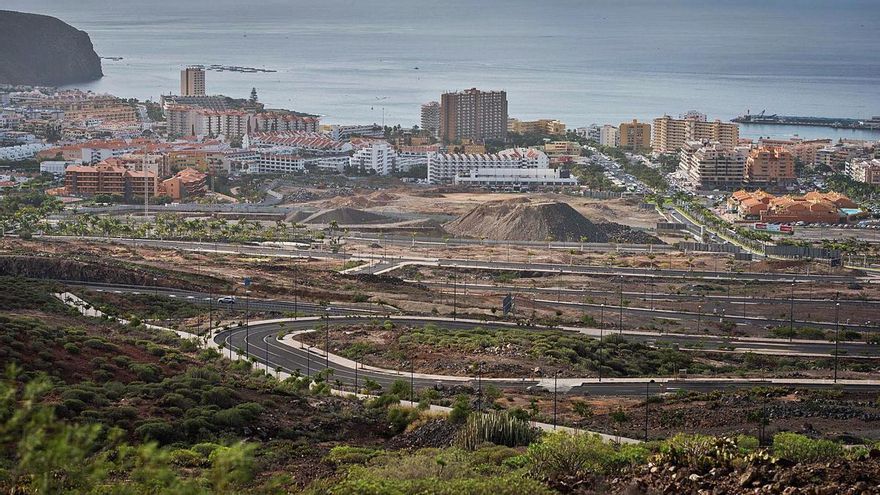
A report by Ecologists in Action has indicated that the increase of accommodations for tourist purposes (VUT) “eliminates” resident families from the most tourist-heavy areas in Spain, particularly noting the “very high” quantity present in the tourist municipalities of La Oliva (Fuerteventura) and Arona (Tenerife).
This is evident from the analysis of the growth of VUT and its implications on rental housing prices in 23 Spanish cities, using data from the National Institute of Statistics (INE) and Idealista.
The report points out that the central or historic districts of numerous cities house the majority of the tourist accommodations and posits that, in certain instances, as much as a third of the properties in these areas are designated for tourist and non-residential purposes.
Furthermore, it uncovers that the rise of holiday homes has transformed towns and residential areas into tourist havens, a scenario which, combined with the scarcity of affordable housing, “diminishes” the availability of homes for local residents.
Ecologists in Action has employed the ratio of number of VUT per 1,000 homes as a gauge of the touristification level in the examined cities.
Increase in Rental Prices
Madrid records the highest absolute number of VUT (18,837), although its relative concentration (12.3 VUT per thousand homes) is not as pronounced as in other localities.
However, when scrutinising the situation by district, it becomes clear that 42.6% of VUT are concentrated in just one area of Madrid, specifically the Central district.
The same trend is observed in Barcelona, where the Ciutat Vella and L’Eixample districts hold 57.7% of the city’s VUT.
The substantial concentration of VUT in these areas leads to a rise in the price of the squared meter of rental housing, surpassing the average for the municipality.
Consequently, in central Madrid, prices surged by 18.4%, while in Barcelona’s Ciutat Vella, they increased by 12.6%.
Among the most impacted medium-sized cities, Málaga emerges as the city with the highest rental prices (14.50 euros per square meter), followed by Valencia (€14.2/m2) and Alicante (€11.9/m2), each exhibiting an index of 30.3, 23.7, and 23 VUT per 1,000 homes, respectively.
Additionally, cities like Gijón, A Coruña and Vigo have seen a “significant increase” in VUT, both in terms of year-on-year growth last year (21.4%, 27.9%, and 36.8%, respectively) and the cumulative growth from 2020 to 2024, showing percentages of 95%, 84%, and 113.2%.
Concern in Island Territories
The report also examines the scenario in areas of high tourist congestion, citing municipalities such as Ciutadella de Menorca in the Balearic Islands, La Oliva and Arona in the Canary Islands, and Salou on the Costa Dorada as examples.
All these municipalities exhibit a “very high” VUT index per thousand homes, with La Oliva showcasing a particularly striking case, where over a third of the housing stock is allocated for tourist purposes.
The impact on housing prices differs in these small tourist towns, yet it is noteworthy that La Oliva (€16.4/m²), Arona (€17.1/m²), and Ciutadella de Menorca (€13/m²) boast prices per square metre “considerably above the average for smaller cities.”
In contrast, cities with diminished tourist activity such as Zaragoza, Valladolid, Logroño, León, Salamanca, or Cáceres exhibit a low VUT index in their housing stock alongside rents that are “significantly lower than the average.”















